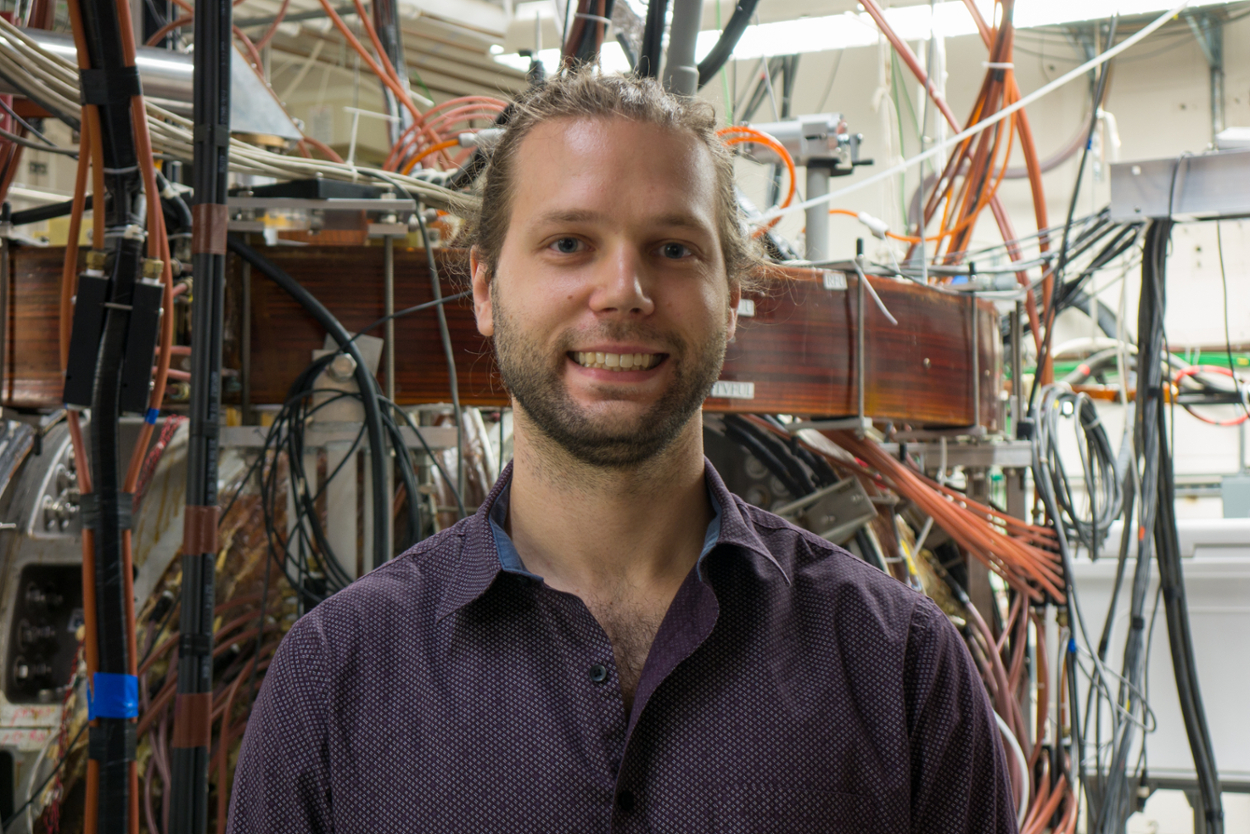COSAM News Articles 2021 August Curt Johnson awarded prestigious postdoctoral fellowship to work at Oak Ridge National Laboratory
Curt Johnson awarded prestigious postdoctoral fellowship to work at Oak Ridge National Laboratory
Curt Johnson has always had a passion for science.
Now, he will begin a postdoctoral fellowship at Oak Ridge National Laboratory—the largest multi-program science and energy research lab in the entire nation.
For Johnson, who started his education majoring in engineering, he realized that a doctorate degree in physics would give him the opportunity to determine his research path.
“I realized how earning a doctorate degree in physics would eventually enable me to direct my own research,” Johnson said.
While earning his terminal degree from the Department of Physics, he worked in the Leach Science Center and at the DIII-D National Fusion Facility in San Diego, California with his advisors David Ennis and Stuart Loch.
“David and Stuart absolutely gave me the guidance I needed and allowed me to grow as an independent researcher,” he added. “They encouraged me to persevere and to never give up.”
Working in the field of fusion energy research, Curt conducts experiments using high-temperature plasmas. At Oak Ridge National Laboratory, he will continue to focus on the interactions resulting from plasmas in the presence of solid materials.
“During the experiment, material such as tungsten comes off the wall or sputters and is integrated into the hot plasma,” Johnson said. “My research attempts to quantify the amount of tungsten absorbed by the plasma.”
To determine this, Johnson, measures the amount of light radiated during the experiment and compares it to predictions.
“We use extremely complex quantum calculations that take millions of hours on Auburn’s supercomputer,” he explained. “The exciting part about machine learning is that we can use other experiments and diagnostics to train a machine learning model to help augment these calculations.”
By training a machine to learn how to determine the right answer, researchers can find ways to reduce the amount of tungsten that is sputtered during the experiment, which is critical for the viability of fusion as a future energy source.
With machine learning, Johnson hopes to reduce the amount of modeling uncertainty and improve the accuracy of the results.
“Appointments such as the one Curt has been offered are quite an achievement,” said Allen Landers, chair of the Department of Physics. “It’s a credit to his broad capabilities as a scientist and the team he worked with on his PhD research.”
Johnson will begin his one-year fellowship this August in Oak Ridge, Tennessee, and will have the chance to renew his appointment for a second year.
Latest Headlines
-
07/09/2024
-
Summer Bridge Program celebrates 21 incoming Auburn students as they prepare for future STEM careers07/02/2024
-
07/02/2024
-
06/17/2024
-
06/07/2024

